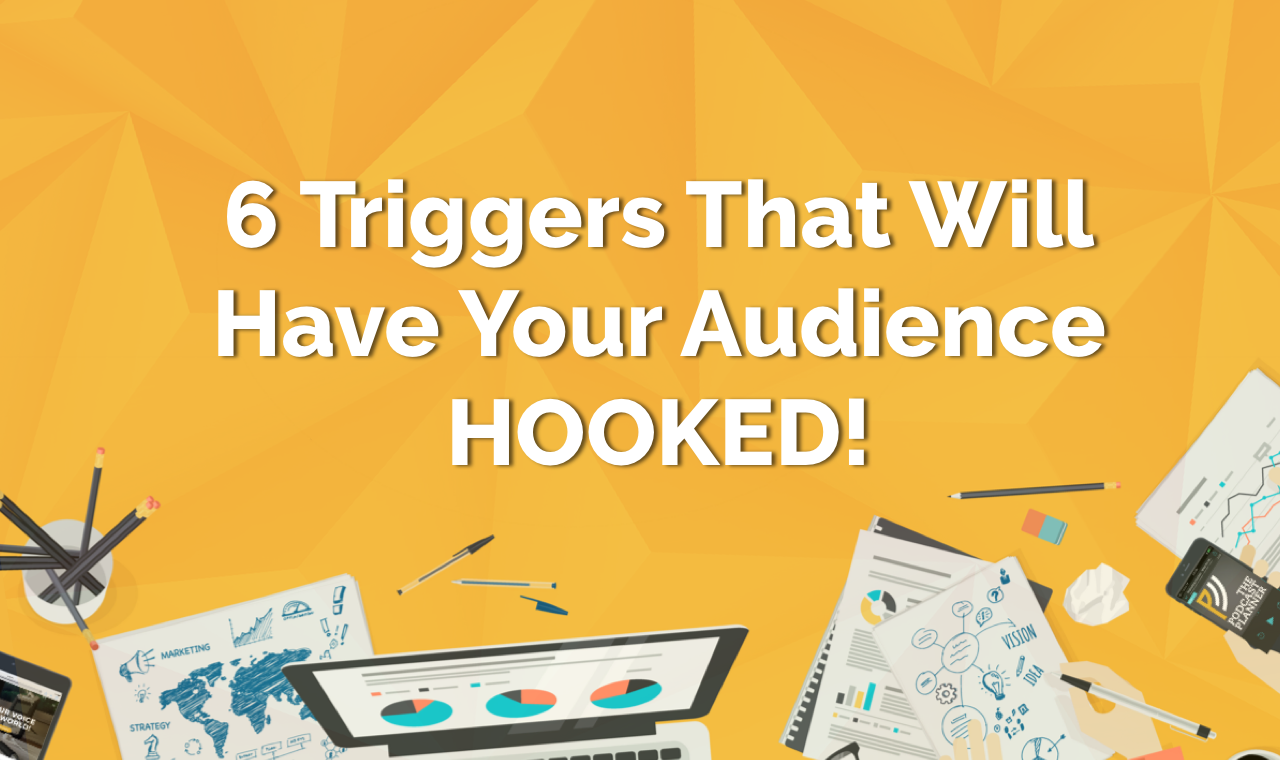One way of creating content that engages the audience’s attention and loyalty is by intentionally using 6 triggers on a show and episode level. In this episode, you’ll discover the 6 triggers that will have your audience hooked!
Jump To It!
(select the chapter marks within the player above)
00:13 - Having your audience hooked on your content.
00:40 - About The Podcast Planner.
01:12 - Must-have trigger.
01:45 - Show-level trigger has your audience coming back for more.
02:08 - Open loop trigger
04:57 - Trigger number 4.
06:16 - The topic north start trigger.
06:52 - Easter egg trigger.
07:49 - I dare you!
08:10 - Next episode teaser!
08:27 - Facts you should know about.
Trigger No. 1: Episode-Specific Call To Action
A call to action is so important that I believe you should have one in every episode.
The most effective call to actions are the ones that are episode-specific. Having the same call to action in every episode triggers the listener to tune out, the opposite of what a true call to action is all about.
Create an episode specific call to action to captivate the attention and action of your listener.
Trigger No. 2: Teaser
From educational to storytelling type shows, you can use a teaser (or cliffhanger) to create excitement and suspense for the next episode.
A teaser also encourages the listener to subscribe to the show, because they’re not going to want to miss out.
Trigger No.3: Open Loop
An open loop creates the initial need to listen, from a show and episode level. Listen to the episode to hear how the movie, Forrest Gump, used the open loop trigger. Here are 4 ways of using the open loop trigger:
Episode Level:
The title of your episode.
The introduction of your episode.
Show Level:
Referencing to a previous episode.
Referencing the series or topic you're currently going through.
I use this trigger in every episode. It’s when I say, “This series is all about Intentional Content.” This triggers the listener that they are in the middle of a set and they want to take a peak and the previous episodes. Raises the possibility of them downloading the back catalog of your podcast.
Trigger No. 4: Branded Segments
This show is a straight-shot type of show, there is no need for branded segments.
If your show includes different types of content within one episode, I recommend branding them into segments. For example, let's say your show has the following elements - news, interview, and feedback. Brand each segment with a creative name and a small transition sound.
Branded segments add character to your show, personality and hook the listener.
Trigger No. 5: North Star Topic
This next trigger is fun to explain because as you listen to this episode, I’ve applied this trigger four times!
It’s when I remind you what the main topic is as I continue to discuss the supporting points…
“The second trigger that will have your audience hooked is…”
That's the north star topic trigger reminding the listener what the main topic was about - keeping them hooked. Not only is it a reminder, it also helps with the “what’s next?” factor.
Trigger No. 6: Easter Egg
I’m pulling back the curtain here. For the loyal listeners who stick to the end, like after the music is done end, they hear one of the following:
Quote
Extra message
Special discount code for the planner
Not every episode has this, but a good majority do. These easter eggs give us the chance (as the host) to say thanks to those who listen to the very end and it build more of a relationship with them. Easter eggs also encourage the listener to stick to the very end of every episode, because they never know what they’ll hear.
I Dare You!
These triggers don’t take a lot to implement. They make a big difference in your content and to your audience. I dare you to try implementing at least three of them. Yes, three!
I believe whatever type of you show you have you can at the very least implement the call to action, open loop, and easter egg.
Complete the dare 😉
Don't miss out, subscribe!
Links to all podcast platforms (Apple Podcasts, Google Podcasts...) are listed on the right side (on desktop) or below (on mobile).

